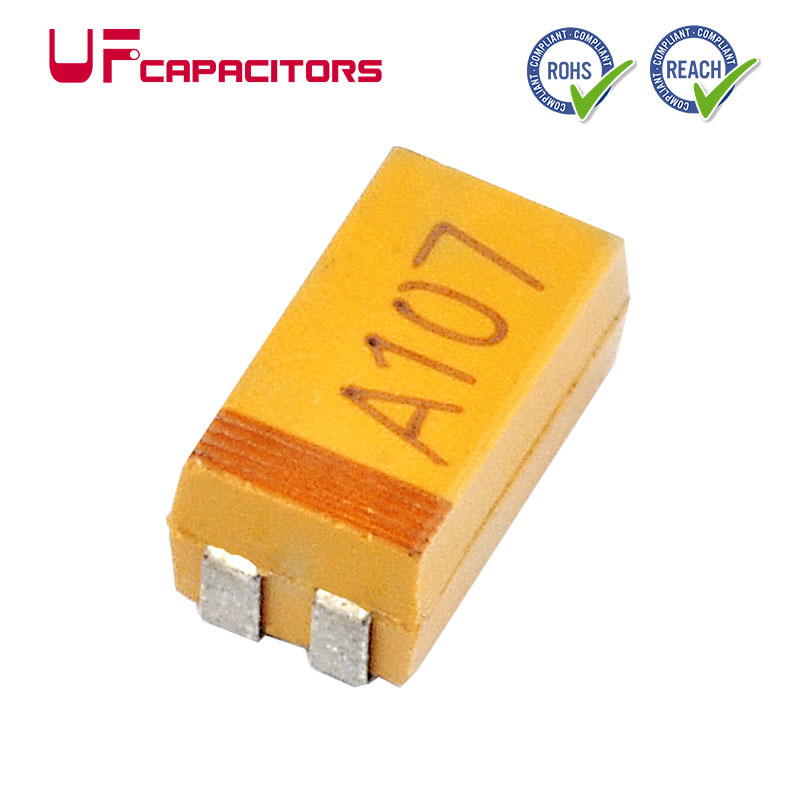- Español
- Português
- русский
- Français
- 日本語
- Deutsch
- tiếng Việt
- Italiano
- Nederlands
- ภาษาไทย
- Polski
- 한국어
- Svenska
- magyar
- Malay
- বাংলা ভাষার
- Dansk
- Suomi
- हिन्दी
- Pilipino
- Türkçe
- Gaeilge
- العربية
- Indonesia
- Norsk
- تمل
- český
- ελληνικά
- український
- Javanese
- فارسی
- தமிழ்
- తెలుగు
- नेपाली
- Burmese
- български
- ລາວ
- Latine
- Қазақша
- Euskal
- Azərbaycan
- Slovenský jazyk
- Македонски
- Lietuvos
- Eesti Keel
- Română
- Slovenski
- मराठी
- Srpski језик
How Capacitors Store Energy
2022-04-06
How capacitors store energy
Inside the capacitor, these two electrodes are connected to two metal plates separated by a dielectric. The dielectric can be air, paper, plastic, or another substance that does not conduct electricity and prevents the two metals from touching each other. The process of losing charge (releasing charge and energy) from a charged capacitor is called discharging. For example, connect the two poles of a capacitor with a wire, and the charges on the two poles neutralize each other, and the capacitor will release charge and electrical energy. After discharge, the electric field between the two polar plates of the capacitor disappears, and the electrical energy is converted into other forms of energy. The metal plate on the capacitor connected to the negative terminal of the battery will absorb the electrons produced by the battery. The metal plate on the capacitor connected to the positive terminal of the battery will release electrons to the battery. After charging is complete, the capacitor has the same voltage as the battery (if the battery voltage is 1.5V, the capacitor voltage is also 1.5V).
Capacitors are containers for storing electrical charges, just like a basin is a container for water. The performance of the capacitor's stored charge is that the voltage across the capacitor increases, which is also the same as the depth of the water when the basin is filled with water. When the voltage across the capacitor drops, it begins to release the stored energy, supplying current to the electronics. At this time, the current moves from the negative pole of the capacitor to the positive pole, which works like a battery. In this case, the capacitor is considered to be discharging. As the energy in the remaining circuit is released, the energy stored by the capacitor in the electric field is also gradually reduced. This is related to the inherent characteristics of capacitors and compressive strength. This can also be taken as the relationship between the cross-sectional area and depth of the water basin and the water storage capacity of the water basin.

Inside the capacitor, these two electrodes are connected to two metal plates separated by a dielectric. The dielectric can be air, paper, plastic, or another substance that does not conduct electricity and prevents the two metals from touching each other. The process of losing charge (releasing charge and energy) from a charged capacitor is called discharging. For example, connect the two poles of a capacitor with a wire, and the charges on the two poles neutralize each other, and the capacitor will release charge and electrical energy. After discharge, the electric field between the two polar plates of the capacitor disappears, and the electrical energy is converted into other forms of energy. The metal plate on the capacitor connected to the negative terminal of the battery will absorb the electrons produced by the battery. The metal plate on the capacitor connected to the positive terminal of the battery will release electrons to the battery. After charging is complete, the capacitor has the same voltage as the battery (if the battery voltage is 1.5V, the capacitor voltage is also 1.5V).
Capacitors are containers for storing electrical charges, just like a basin is a container for water. The performance of the capacitor's stored charge is that the voltage across the capacitor increases, which is also the same as the depth of the water when the basin is filled with water. When the voltage across the capacitor drops, it begins to release the stored energy, supplying current to the electronics. At this time, the current moves from the negative pole of the capacitor to the positive pole, which works like a battery. In this case, the capacitor is considered to be discharging. As the energy in the remaining circuit is released, the energy stored by the capacitor in the electric field is also gradually reduced. This is related to the inherent characteristics of capacitors and compressive strength. This can also be taken as the relationship between the cross-sectional area and depth of the water basin and the water storage capacity of the water basin.

Previous:Precautions for Mounting Capacitors


